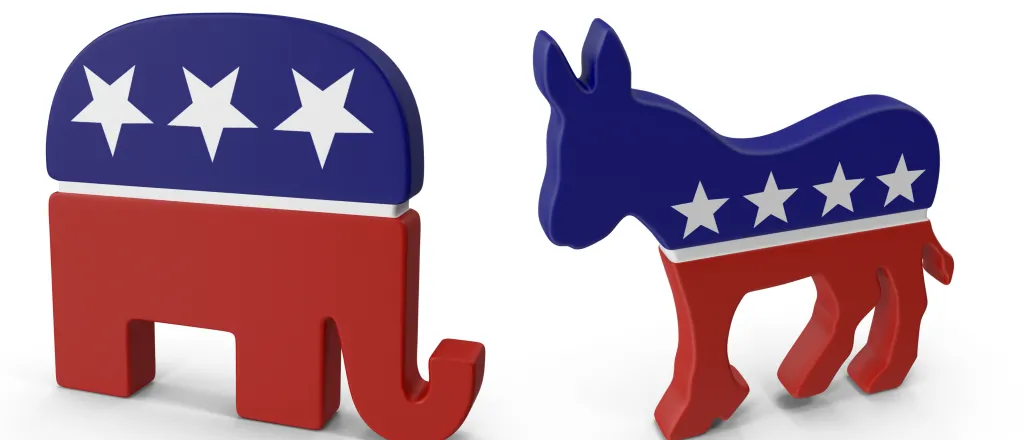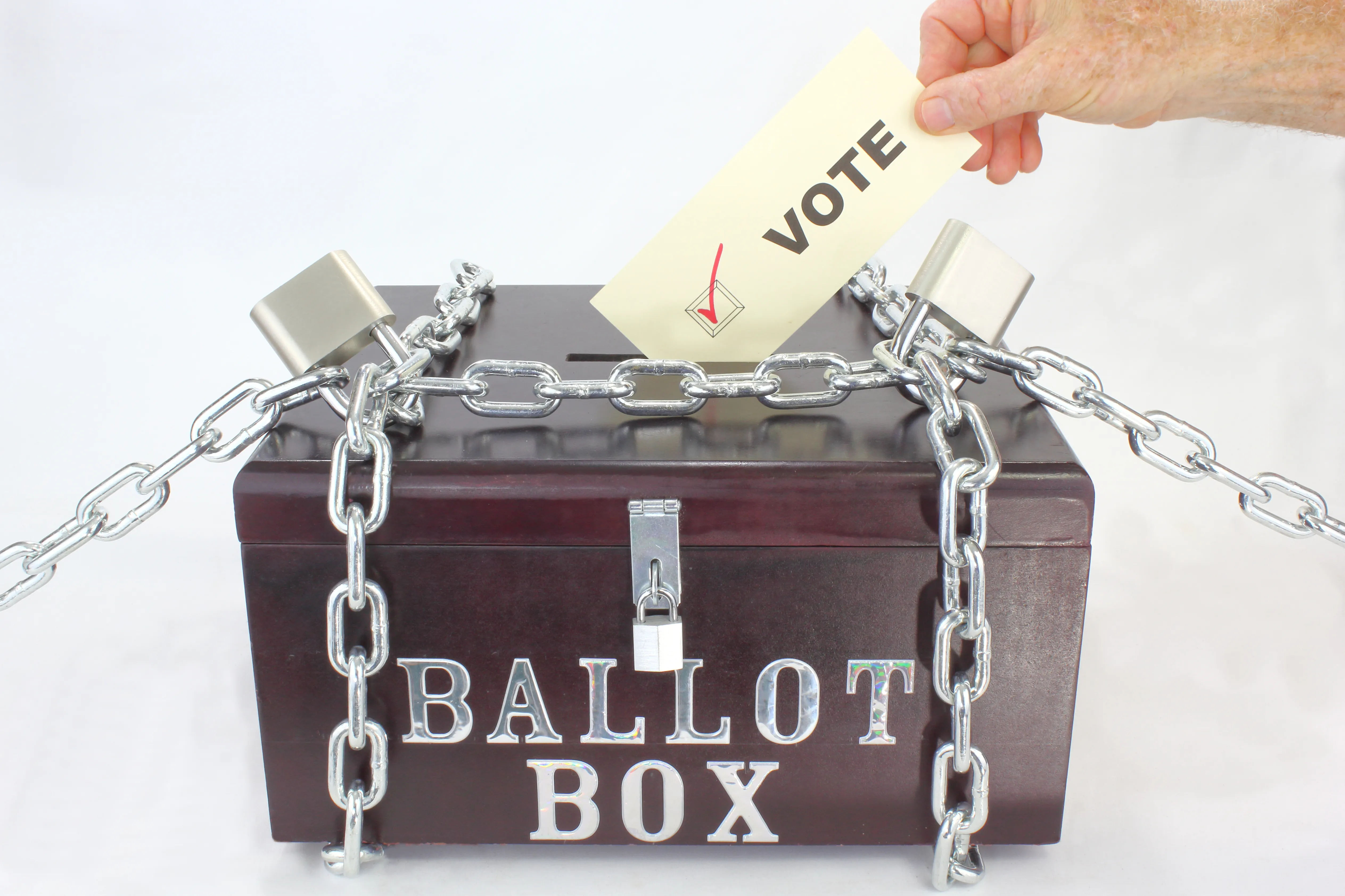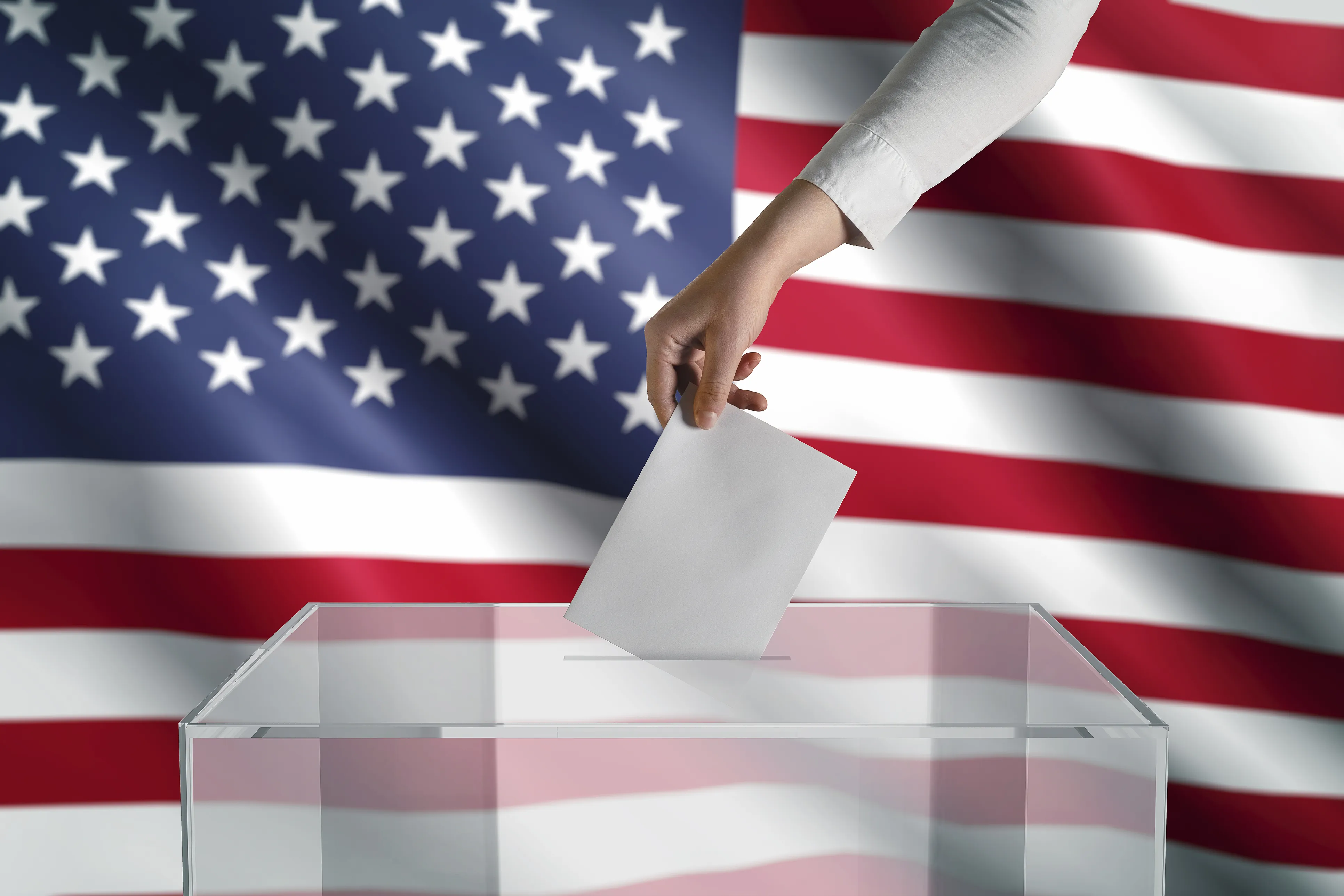
With less than two months until Election Day, Pennsylvania has emerged as the keystone state in each party’s plan to win the White House.
The Pennsylvania focus is so great that the firm AdImpact, which tracks political advertising purchasing, reports that both the Donald Trump and Kamala Harris campaigns are spending more money on political advertising in Pennsylvania than in any other swing state this cycle.
Kamala Harris flew to Pittsburgh on Sept. 5 and remained in the state through the Sept. 10 presidential debate – which took place in, you guessed it, Pennsylvania.
The “Keystone State” – known as that since the 1800s due to Pennsylvania’s geographic, economic and political importance – has received a lot of love this election cycle. Both candidates appear to be treating Pennsylvania as their second home until Election Day.
I am an assistant professor of political science at Gettysburg College in Pennsylvania, where I research and teach courses on American politics, public opinion and statistical methods.
Why is Pennsylvania so pivotal for both campaigns?
It’s the math
In 2020, Pennsylvania was decided for Democrat Joe Biden by about 1.16 percentage points, which translates to 80,555 votes.
That’s a small margin, but it was not even among the top three closest states that cycle. Wisconsin, Arizona and Georgia were all decided by even smaller margins. North Carolina, Nevada and Michigan were also very close, though not quite as close as Pennsylvania.
Six out of the seven states most likely to decide the 2024 election were won by Biden in 2020. Trump carried North Carolina.
So why aren’t the campaigns focusing on these closer swing states? Shouldn’t states that were decided by slimmer margins in 2020 be viewed as more important than Pennsylvania this cycle?
To understand the answer, let’s walk through the math behind the Electoral College.
How presidential elections are won
The Electoral College, not a national popular vote, decides the presidency in the U.S. To win the presidency outright, a candidate must receive at least 270 of the 538 electoral votes.
Each state appoints electors, who then vote in the Electoral College. The total number of electors in each state is equal to the state’s congressional delegation: the number of U.S. senators plus the number of U.S. House representatives. Washington, D.C., also has three electoral votes, which would equal the size of the District’s congressional delegation if D.C. were a state.
States with bigger populations have more electors, and smaller states have fewer. In all states except Maine and Nebraska – which award electors proportional to the popular vote – whichever candidate receives the most votes for president wins all the electors of that state.
In the 2020 matchup, Biden won 306 electoral votes, and Trump received 232.
The 2024 election is the first presidential election since the decennial census led to the constitutionally mandated reapportionment – a fancy word for redistribution – of seats in Congress. That means the U.S. is facing a new electoral map this election season: States with shrinking populations lost seats, and states with growing population gained seats. Pennsylvania, for instance, went from 20 electoral college votes in 2020 to 19 votes in 2024.
Despite the loss of one seat, Pennsylvania still has the most electoral votes of all the swing states this cycle. So whoever wins the Keystone State is well on their way to victory.
This reapportionment process produced results that slightly favor Trump. Assuming Trump only wins the exact same states he won in 2020 – and no others – this election, he would win 235 electoral votes in 2024. That would be three more than he won with the same set of states in 2020, though still short of the 270 required to win.
If Harris wins all the states Biden won in 2020, she will be elected president with 303 electoral votes.
Pathways to victory
But back to the question of why Pennsylvania.
To understand it, let’s begin with a scenario in which all Trump does is win the states he won in 2020, plus he flips Pennsylvania. That scenario yields 254 electors: 235 + 19 = 254. Not enough to win the presidency, right?
Next, let’s assume Trump can also flip Georgia, the state decided by the smallest margin in 2020 and a swing state this cycle. If Trump wins all the states he won in 2020 and flips Georgia and Pennsylvania, he gets 270 electoral votes and is elected president.
But why not try for the states with closer margins than Pennsylvania?
Let’s look at some other scenarios.
Each scenario assumes Trump wins all the same states he won in 2020 and then flips various combinations of swing states. These scenarios also assume that the parties receive the same breakdown of electoral votes in Maine and Nebraska, the only two states to distribute votes proportionally instead of winner-take-all.
In all the other two swing-state scenarios without Pennsylvania, Trump falls short of 270. That means he would have to flip one additional state – three states total – to win the presidency.
But with Pennsylvania, Trump could win the presidency by only flipping two states.
Critically, this calculation only works if Trump picks up another state with a fairly large number of electoral votes, like Georgia’s 16. He would still fall short of 270 if he only wins Pennsylvania or flips Pennsylvania plus one of the smaller swing states.
Flipping Pennsylvania, plus one more close – and elector-rich – swing state, such as Georgia, gives Trump the presidency.
Flipping – or holding – Pennsylvania paves the way
Even with three swing states, Trump’s path to regain the White House is easier with Pennsylvania than without it. Provided Trump flips Pennsylvania – again assuming he holds his other wins from 2020 – he would only need an additional 16 electoral votes to reach 270. That can be achieved with various combinations of additional swing states.
Pennsylvania and Georgia are both seen as winnable by Trump and Harris because both parties have won these states – narrowly – in the past two election cycles. Trump won Georgia and Pennsylvania in 2016 and clearly thinks he can do so again, despite his narrow losses in both states in 2020. The Biden-Harris ticket won both states in 2020, and Harris also clearly thinks she can do it.
The Harris campaign, on the other hand, sees the same data and comes to a similar conclusion on the importance of Pennsylvania.
Harris’ pathway to victory is much easier with Pennsylvania than without it, although her campaign has more pathways to victory than Trump, based on the swing states this cycle. Yet with Pennsylvania’s large number of electoral votes, she can actually afford to lose some combination of three other swing states, provided she holds on to Pennsylvania – and at least some of the other swing states.
So why is Pennsylvania so important?
Because flipping two states is easier than flipping three. Or put even more simply:
2 < 3.![]()
Alauna Safarpour, Assistant Professor of Political Science, Gettysburg College
This article is republished from The Conversation under a Creative Commons license. Read the original article.


















